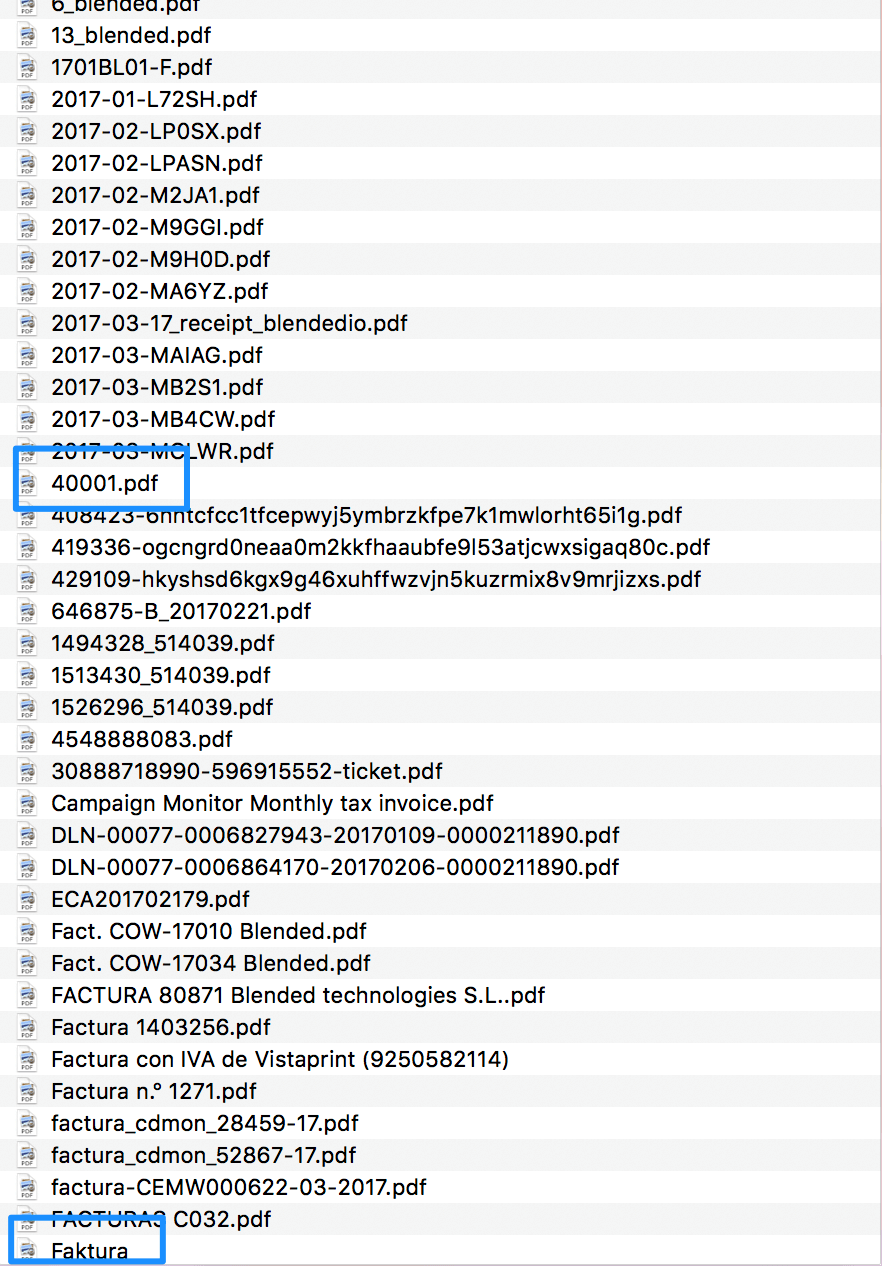Not Even Apple Fully Considers End-To-End Experiences

Twitter Reddit LinkedIn Facebook
As you will see, not even Apple does not fully consider this problem: Invoices from all sorts of parties have to managed, paid and stored one way or another. As it turns out, Apple’s invoices are named very badly. But not just Apple’s invoices, almost all others as well.
Not being able to distinguish the main pieces of information they handle, invoices, is indeed a pain.
Experience designers like to pride themselves with that they take on a full-circle, end-to-end approach to (user-centered) experience design. I do agree that most designers I have worked with do understand and care about very nuanced aspects a users’ experience or journey.
The point after which apparently any product or service experience that anyone has ever designed falls flat on its face is this: Sending out an invoice, or receiving them. You will soon see why!
This might sound like a tiny issue at first glance but ask your office managers or accountant.
“What happens when I send my/our invoice to the client?”
For some reason, whether developer or designer - and that perspective comes from direct experience - seems to ever think about the “What happens when I send my/our invoice to the client”? Well, someone has to gather these invoices one way or another - and at most firms that’s mostly a manual process. Even if you company forwards all invoices to the accountant, they have to figure which one is which.
If you get a whole bunch of invoices per month, it will get tricky for you or certainly your accountant to differentiate invoice file from invoice file as shown on the image below.
 Can you tell which invoice is from whom?
Can you tell which invoice is from whom?
We, as any other company, receive a whole bunch of PDF invoices per month. In fact, many invoice we have to download from some online portal. It is certainly not a surprise and I assume that you can wholeheartedly agree that across all invoices there is barely any consistency in the naming syntax.
This is totally understandable but a real, real pain for anyone who works in accounting or book keeping, either on the receiving end at a company or at external accounting companies.
→ CONTINUE READING on blog.blended.io